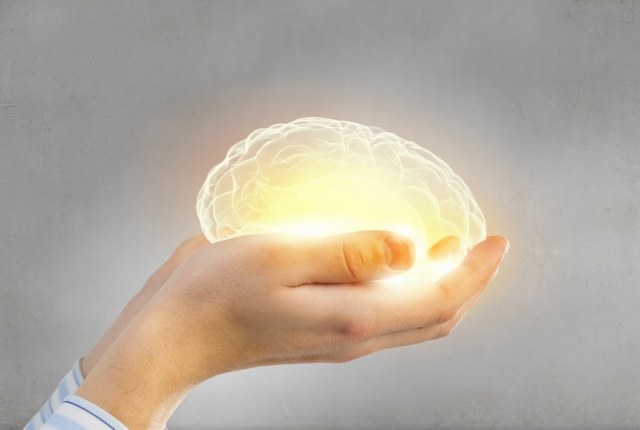All in all, this new tool offers a more efficient, more accurate and cheaper way of studying the functioning of the cerebral cortex. It is called 'Onavg', short for 'Open Neuro Average', and stems from the joint efforts of scholars from the University of Bologna (Italy) and Dartmouth College (USA).
Presented in Nature Methods, Onavg is a new cortical template developed based on the anatomy of 1031 human brains, which allows functional MRI studies to be performed with less data and a higher level of replicability and reproducibility than previous templates.
"Onavg allows neuroimaging data to be analysed with more accuracy and efficiency," explains one of the study's authors, Maria Ida Gobbini, a professor at the University of Bologna’s Department of Medical and Surgical Sciences and at Bologna’s Neuroimaging Laboratory (IRCCS Institute of Neurological Sciences), directed by Prof. Caterina Tonon. "This new cortical surface template, which can be applied to all areas of cognitive science and clinical neuroscience, will allow more accurate or precise identification of individual differences in both healthy volunteers and patients with neurodegenerative diseases such as Alzheimer's and Parkinson's disease."
Our neural functions are organised in the cerebral cortex, the outermost part of the brain. These functions can be investigated through the technique of functional magnetic resonance imaging (fMRI), a tool that locates which brain areas are activated during the performance of a task or by stimulation. This makes it possible to reconstruct brain mechanisms related to cognitive functions such as memory, perception, language and even emotions.
However, there is a problem. The cerebral cortex is characterised by several folds, an evolutionary strategy that allows for a larger surface area within the rigid volume imposed by the cranial box. Not only that: if we look at the cerebral cortex of different individuals, we can see that, although there are common features at a macroscopic level, a closer look reveals many differences that make every brain different.
Cortical templates were developed to overcome this problem. These 'standard brain' templates make it possible to mark at the same 'geographical' points the brain activities of different individuals recorded using functional magnetic resonance imaging.
"Over the past 25 years, various cortical templates have emerged for analysing data obtained with functional MRI, but all of them are based on a small number of brains," says Gobbini. "To date, FreeSurfer is the most widely used template in neuroscience. It transforms the three-dimensional cortex into a two-dimensional surface, but was developed from data collected on the brains of just 40 individuals."
In addition to the low number of brains taken into account, the templates used so far have a further limitation: they sample the different parts of the cortex unevenly. An intermediate step is required to create the template, and this involves transforming the three-dimensional cortical surface into a two-dimensional surface that is then 'inflated' into a spherical shape. Next, functional data is resampled on standard anatomical points on a grid placed on this spherical surface, and this can produce distortions in the redistribution of the functional data.
The new Onavg template overcomes all these problems. It is based on the cortical anatomy of 1,031 brains, and is the first to allow a uniform distribution of the various anatomical points of interest, because it takes into account the geometric variations of the brain.
"This new way of constructing the two-dimensional cortical surface allows us to have reproducible and replicable results using less data compared to previous templates," Gobbini explains. "This generates not just economic benefits, but can also be very useful in different contexts, for example in the case of rare diseases where it is impossible to collect large amounts of data."
The study was published in the journal Nature Methods under the title “A cortical surface template for human neuroscience”. The authors are Ma Feilong, Guo Jiahui and James V. Haxby from Dartmouth College (USA) and Maria Ida Gobbini from the University of Bologna and the IRCCS Institute of Neurological Sciences of Bologna.

